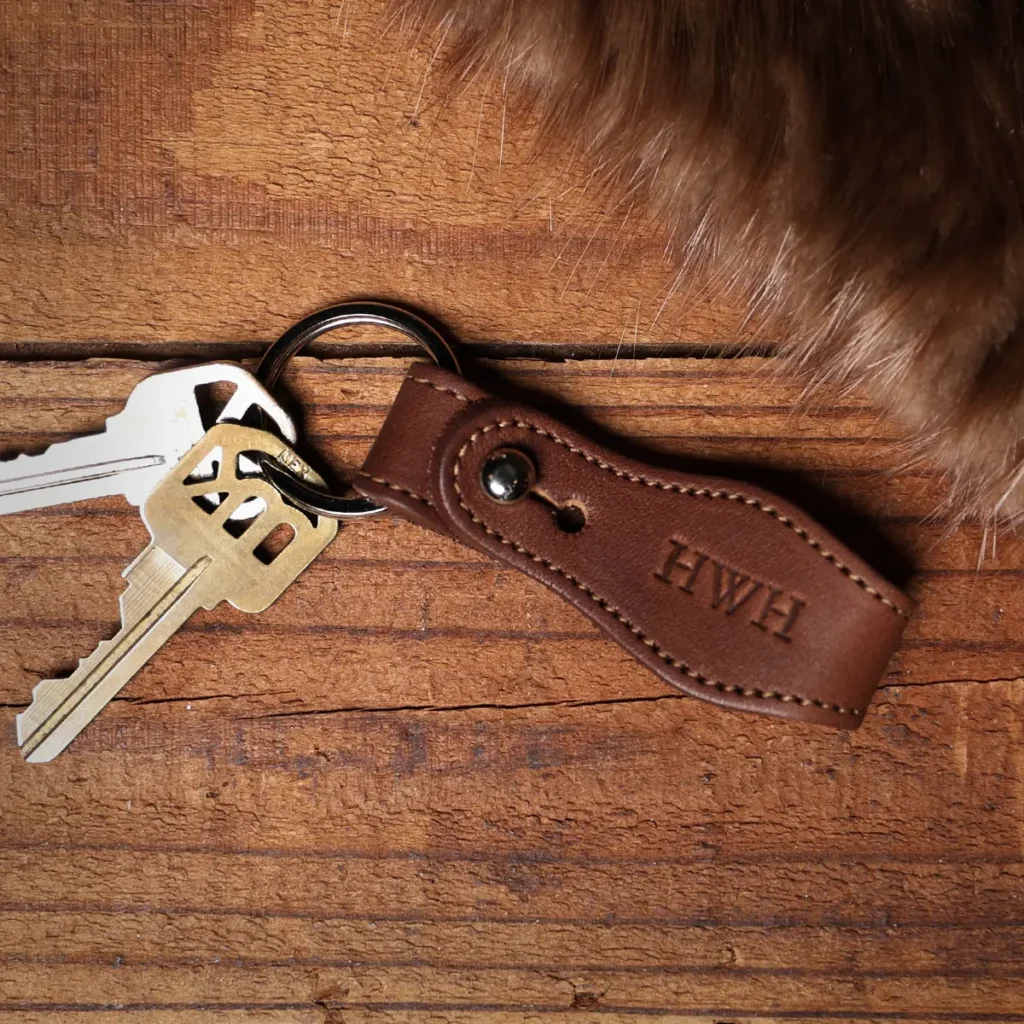1. Examine the Label
Genuine leather products often proudly display labels such as “100% real leather,” “full-grain leather,” or “top-grain leather.” In contrast, faux leather items might be labeled as “man-made materials,” “PU leather,” “synthetic leather,” or “vegan leather.” If the label lacks clear information or uses ambiguous terms, it’s likely faux leather.
2. Inspect the Surface Texture
Real leather has a natural, inconsistent grain with unique imperfections, reflecting its animal origin. Faux leather, being machine-made, typically exhibits a uniform pattern and lacks the subtle variations found in genuine leather.
3. Feel the Material
Touch can be a reliable indicator. Genuine leather feels soft, supple, and may have slight variations in texture. When pressed, it wrinkles slightly, similar to human skin. Faux leather often feels more rigid or overly smooth and doesn’t exhibit the same responsiveness when pressed.
4. Smell the Leather
Authentic leather has a distinctive, rich, and natural aroma, resulting from the tanning process. Faux leather, on the other hand, often emits a chemical or plastic-like smell due to the synthetic materials used.
5. Check the Edges
The edges of real leather are typically rough and fibrous, reflecting its natural composition. Faux leather edges are usually smooth and even, indicative of machine processing.
6. Observe the Pores
Real leather displays an irregular pattern of pores, a testament to its animal origin. Faux leather often has a consistent, repeating pore pattern, a result of manufacturing processes.
7. Perform the Water Test
Place a small drop of water on the leather’s surface. Genuine leather will absorb the water slowly, darkening slightly. Faux leather will not absorb the water; instead, it will bead up and remain on the surface.
8. Consider the Price
Genuine leather products are generally more expensive due to the cost of materials and craftsmanship. If a leather item is priced significantly lower than expected, it might be faux leather.
Conclusion
Identifying genuine leather involves a combination of observations and tests. By examining labels, texture, smell, and other characteristics, you can make informed decisions and ensure the authenticity of leather products.

